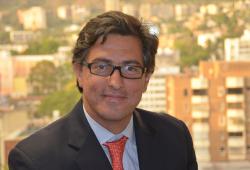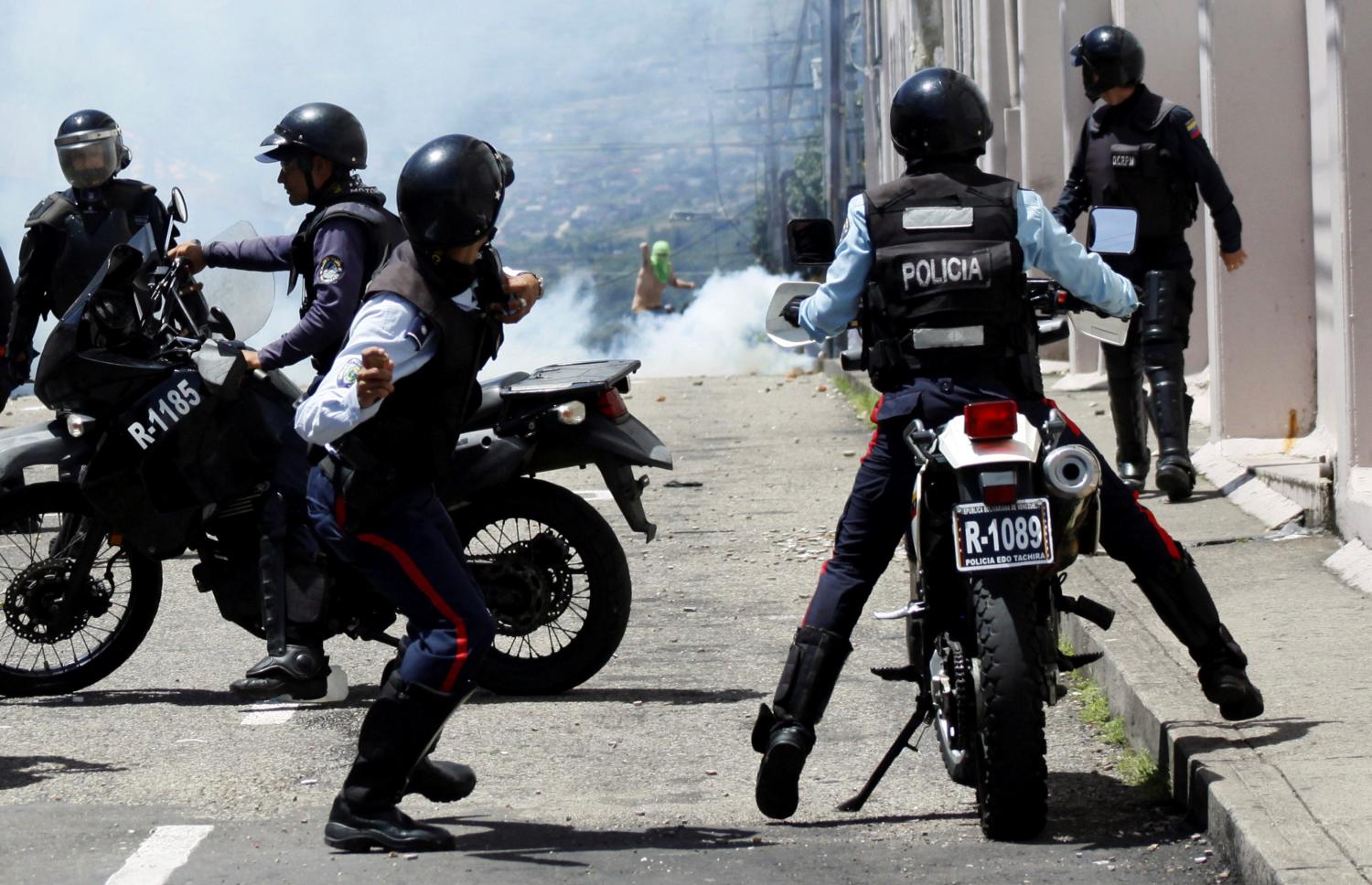Looking into policing in Latin America often feels like looking into a well of misconduct, abuse, and derision. According to the annual public opinion survey Latinobarometro, two-thirds of Latin Americans mistrust the police, and in Bolivia, Dominican Republic, Paraguay, and Venezuela, they mistrust the police more than any other public institution. Yet many, if not most, police officers are living embodiments of heroism, commitment to public service, and honor. Beyond specific interventions such as police training or body-worn cameras that may affect police behavior and citizen complaints, it is necessary to broaden the lens through which we view the relationship between police and society and assess the quality of police practices.
How are police officers selected? What sorts of incentives do they face once they are on the job? What monitoring technologies are commonly used? Do we know if they are effective in eliciting desired behavior? These questions underscore the complexity of public service but also point to the question of how to improve the institutional arrangements for police. In this context, the challenging reality is that we know very little.
Police officers enjoy a level of autonomous decision making above any other frontline public servant. This is not new, nor are the associated challenges in ensuring their desired behavior; but, a fresh look can help move a stagnant conversation—often marked by ideological entrenchment or narrow fixation on changing the size of the police force and the quality of their equipment.
A household survey fielded by Development Bank of Latin America in 2014 in 10 major Latin American cities (Bogotá, Buenos Aires, Caracas, Ciudad de México, Panamá City, La Paz, Lima, Montevideo, Quito, and Sao Paulo), along with a 2015 report on state capacity, brought an empirical perspective to questions of selection and incentives in the public sector. Public servants in the region earn higher wages than their formal sector counterparts, but the wage distribution is more compressed in the public sector, which means lower opportunities for wage growth. In addition, at high levels of education, the public sector wage premium disappears; these factors affect the way individuals self-select into public sector job applications. Higher wages can create some positive selection of highly talented people, but the way applicants are screened is critical in the ultimate mix of public servants. If screening is based on patronage, the resulting mix will unlikely be of high quality. By isolating police or military respondents using the original data, the differences from the rest of public sector workers becomes clear. A striking finding is that the police earn 16 percent lower wages on average than the rest of the public sector. The gap increases even further when controlling for differences in gender and average educational characteristics, since police are only about 16 percent female (versus roughly 50 percent in the rest of the public sector) and 41 percent have completed college (probably police academies) as compared to 29 percent of employees in other government agencies.
In addition, the difference between the top and the minimum wages within policing is only about 10.5 percent, whereas in the rest of the public sector it is 80 percent (140 percent in the private formal sector), so the wage growth prospects are much less salient than in other areas of the economy. Police compensation appears to be mostly unrelated to job performance, like in the rest of the public sector, but they seem to be less satisfied with promotion schemes and less willing to put in extra hours and effort, to help others, to stay late, and to suggest potential improvements in comparison to other public servants.
A common argument suggests individuals’ attitudes toward public service or generally “helping others” is positively related to their effectiveness as public servants. Although there is little reliable quantitative evidence on this link, pro-sociality is generally viewed as a desirable attribute in public service. In fact, in Latin America and elsewhere, public sector workers tend to exhibit higher levels of pro-social behavior than their private sector counterparts. It turns out police and military exhibit relatively high levels of public sector motivation, although this seems to wear out in time more quickly than it does for other public sector workers. On a scale of 1 to 5, officers with two to five years on the job value their contribution to society at 3.8, while freshmen value it at 5; other public servants do not seem to go through this sort of disappointment, although their valuation is much lower to begin with (3.4 out of 5).
Pay for performance has been shown to be effective in eliciting higher worker effort in a number of settings such as sales; in the public sector, such incentives appear to work for improving tax collection and education outcomes. However, this depends on the ease with which outcomes can be verified and on how difficult it is to substitute activities that are challenging to monitor with the incentivized behavior. Given the level of autonomy inherent in policing, there are difficulties with both monitoring and gaming or multitasking: On the one hand, it can be untenable to tie the salary of a member of the police force to the observed level of crime (even if measured independently), since too many outside factors can influence the outcome. On the other hand, focusing on specific activities, such as number of background checks or parking tickets, may divert the officer’s attention from important crime prevention activities. When consulted in the Development Bank of Latin America survey, perhaps not surprisingly, the police report a much higher willingness to adopt pay for performance.
The availability of technology for monitoring the specific location of any person or vehicle represents a fundamental change in the capabilities of society to hold to account workers who are active in the streets. In recent policing experiments we conducted in hot spots in Caracas, Medellin, and Bogota, intensive monitoring systems were put in place that sent weekly reports to station commanders about the protocol compliance of each police patrol. Compliance levels were very high in Colombia during the experimental period, but, as soon as the pressure was off, patrol patterns went right back to normal. In the case of Venezuela, the total unjustified absences from work were about 48 percent during the experimental trial, suggesting that close monitoring was actively resisted.
Such technological advances represents a paradigm shift for police incentives. The viability of interventions using close monitoring will not be fully ascertained until the various levers police have at their disposal and the ways in which they interact and jointly fulfill their implicit labor contract are better understood.
Humans can be motivated and incentivized to perform different tasks, including through the use of experimental technologies that complement policing strategies. However, to arrive at enduring solutions, we must first understand how incentives and selection might be affected. They are the single most important determinants of policing outcomes, and the region cannot afford to ignore them.
The Brookings Institution is committed to quality, independence, and impact.
We are supported by a diverse array of funders. In line with our values and policies, each Brookings publication represents the sole views of its author(s).





